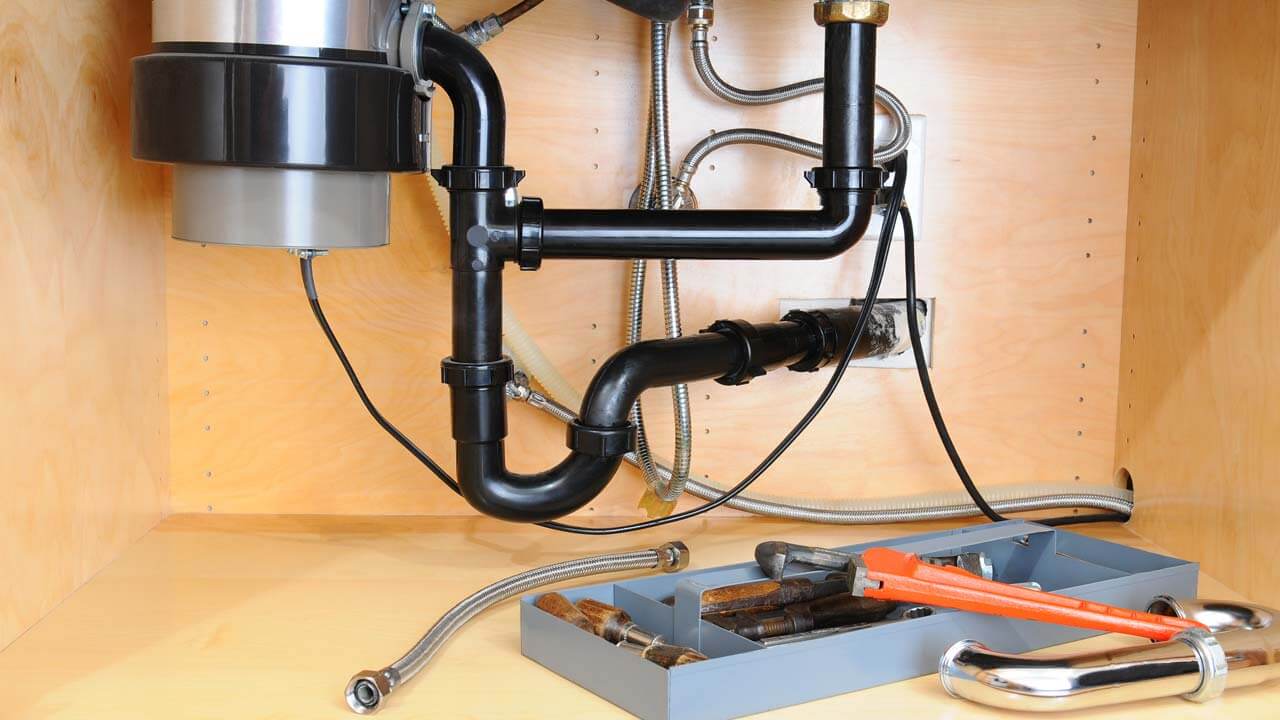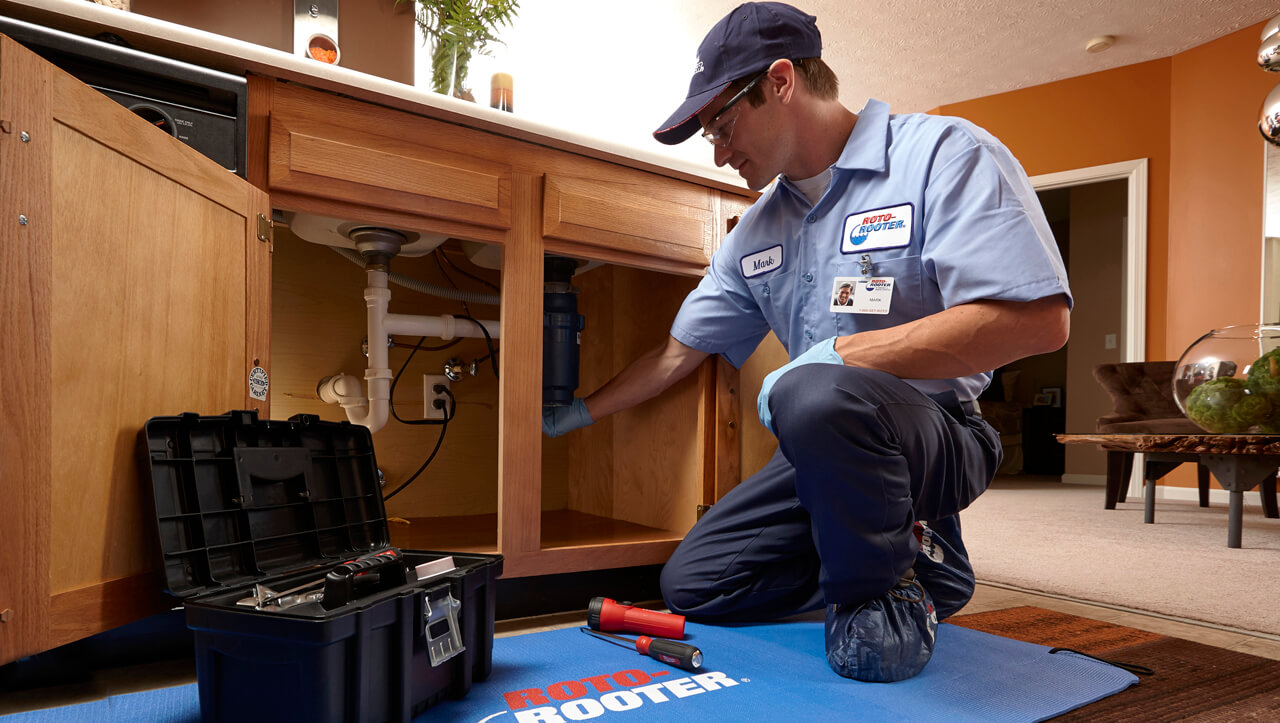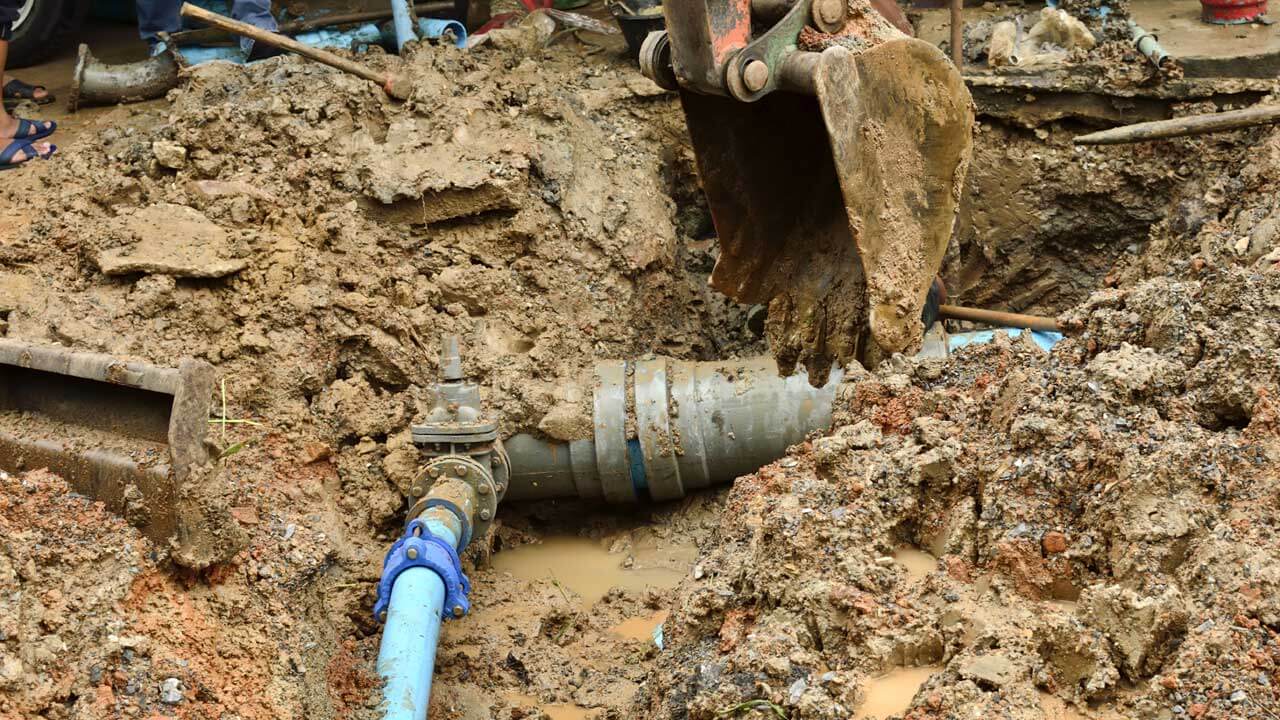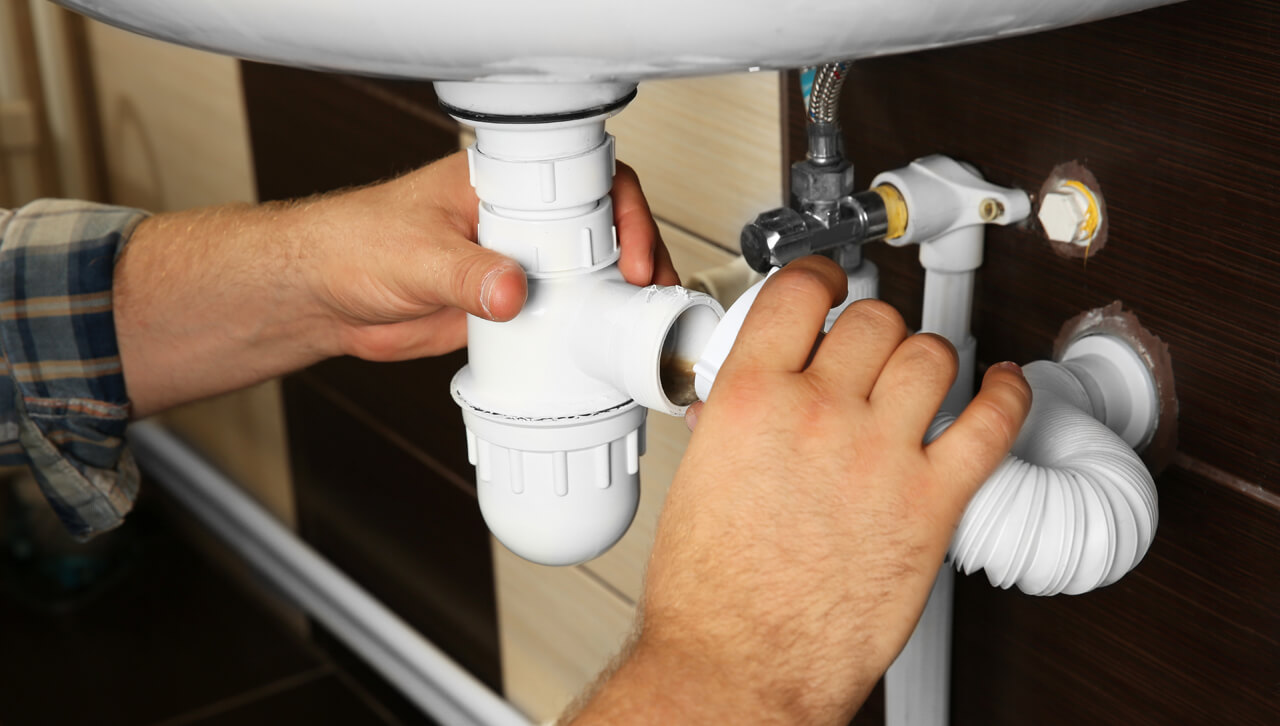Expert Tips for Maintaining Your Kitchen Garbage Disposal
Understanding What Not to Dispose
Key Items to Avoid
At USA Plumbing Services, we frequently address questions about proper garbage disposal use. To ensure your disposal remains in optimal condition, avoid introducing harmful items such as:
- Eggshells and other hard substances like popcorn kernels, nuts, and seeds.
- Fibrous materials such as onion skins and celery.
- Starchy items like potato peelings, pasta, and rice.
- Non-food materials like small bits of metal, glass, or plastic.
- Grease, which can solidify and cause severe blockages.
Managing Grease Disposal
Why Grease Is a Disposal Foe
Grease might pass through your disposal, but it solidifies upon cooling, leading to significant clogs deep within your drain. Instead of risking a blockage, allow grease to solidify on a countertop or in the refrigerator, then dispose of it in the trash. This practice prevents the accumulation of greasy sludge that can snag debris and obstruct your pipes.
Sharpening Disposal Blades
Effective Cleaning Techniques
While you can't technically 'sharpen' the blades of a garbage disposal, keeping them clean ensures they operate as if they were sharp. Grinding ice cubes or small pieces of citrus fruit peel helps clear grime from the blades, enhancing their efficiency. Always consult your disposal's manual for specific cleaning recommendations, especially for newer, 'bladeless' models.
Eliminating Disposal Odors
Freshening Your Unit
Unpleasant smells often emanate from food particles trapped in your disposal. To combat this, grind lemon, lime, or orange peels, or use ice cubes. For a deeper clean, pour baking soda followed by vinegar down the drain. This safe chemical reaction helps loosen and flush away built-up sludge.
The Impact of Drain Cleaners
Choosing the Right Products
Harsh chemical drain cleaners can damage your disposal and plumbing. At USA Plumbing Services, we recommend using eco-friendly products like Pipe Shield®, which prevents the buildup of organic materials without harming your system.
The Role of Hot Water in Drain Maintenance
Best Practices for Disposal Care
While boiling water can help clean most drains by loosening grime, it's tough on the rubber components of garbage disposals. To avoid damage, use hot water sparingly with your disposal.
Frequently Asked Questions
Q: How often should I clean my garbage disposal? A: For best performance, clean your disposal monthly using recommended techniques such as ice cubes or citrus peels.
Q: Can I put coffee grounds in the garbage disposal? A: No, coffee grounds can accumulate and cause clogs. It's best to dispose of them in the trash or compost.
Q: Is it safe to use bleach in my garbage disposal? A: Bleach is too harsh for the disposal and can degrade its internal components. Stick to natural cleaners like baking soda and vinegar for safe cleaning.




